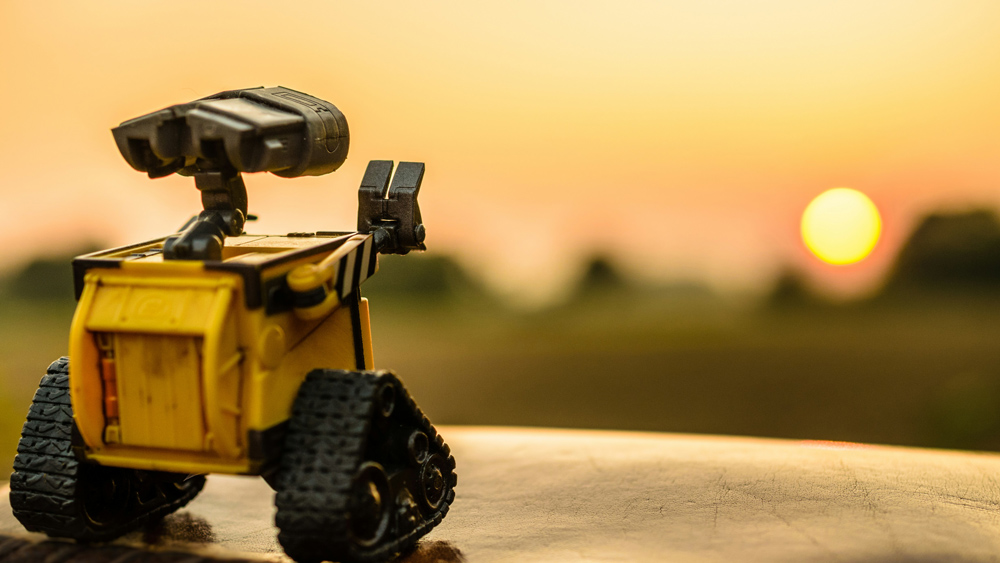
Robots need practice before working in multiple settings—but they’re getting there. Photo by Dominik Scythe on Unsplash
The phrase “practice makes perfect” is usually reserved for humans, but it’s also a great maxim for robots newly deployed in unfamiliar environments.
|
ADVERTISEMENT |
Picture a robot arriving in a warehouse. It comes packaged with the skills it was trained on, like placing an object, and now it needs to pick items from a shelf it’s not familiar with. At first, the machine struggles with this, since it needs to get acquainted with its new surroundings. To improve, the robot will need to understand which skills within an overall task it needs to improve, then specialize (or parameterize) that action.
A human onsite could program the robot to optimize its performance. But researchers from MIT’s Computer Science and Artificial Intelligence Laboratory (CSAIL) and the AI Institute have developed a more effective alternative. Presented at the “Robotics: Science and Systems Conference” last July, their “Estimate, Extrapolate, and Situate” (EES) algorithm enables these machines to practice on their own, potentially helping them improve at useful tasks in factories, households, and hospitals.
…
Add new comment